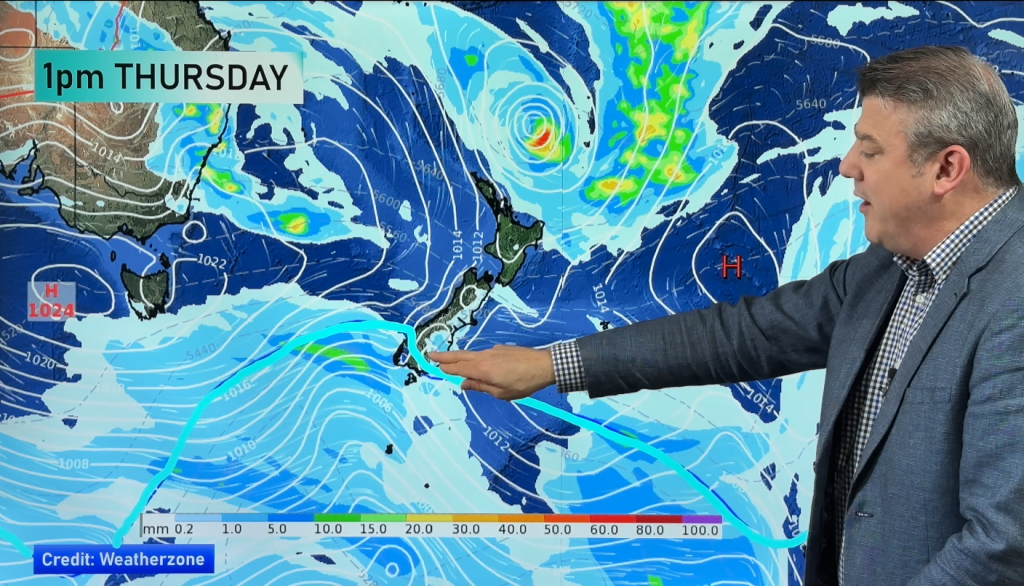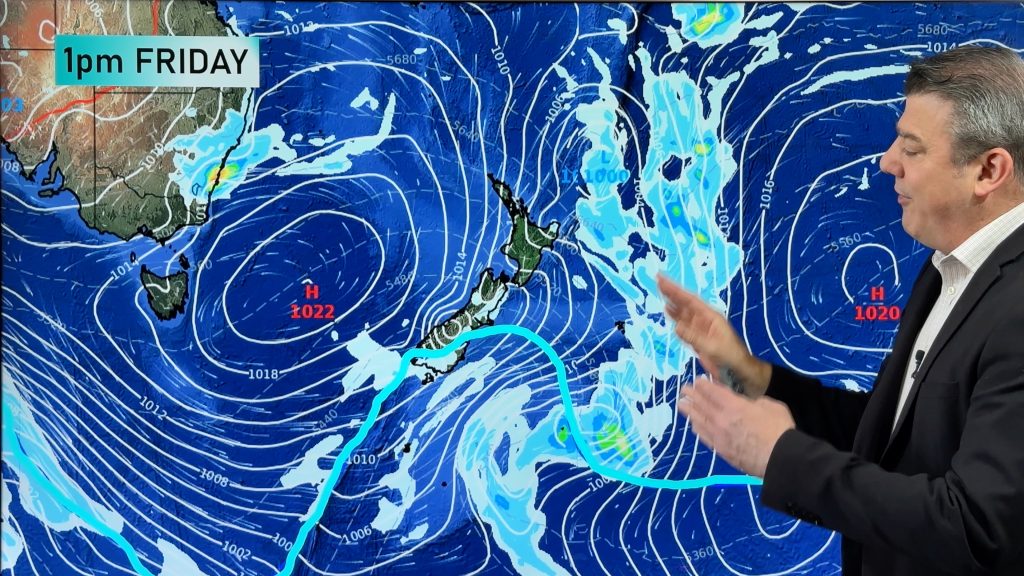Australia: Summer heat broke 205 records and more extreme weather is to come
8/03/2017 10:00pm

> From the WeatherWatch archives
The summer of 2016/17 has been dubbed the ‘angry summer’ by climate scientists who’ve been investigating just how extreme things got.
They’ve found that during a 90-day period, 205 weather records were broken.
Professor Will Steffen is a scientist with the Climate Council of Australia, and the lead author of the report Angry Summer 2016/17: Climate Change Supercharging Extreme Weather, released today.
“If you look at the east of Australia, particularly New South Wales and Queensland, the records that have really been tumbling there are high temperatures, heatwave type records,” Professor Steffen said.
“Over in the west in Perth and up in the Kimberley in the north-west, they’ve been setting extreme rainfall records, so we’ve seen extremes of all types across the continent in the past three months.
The regional NSW town of Moree had more than 50 consecutive days of temperatures of 35 degrees Celsius or above.
In Brisbane, the city recorded its hottest summer on record, in terms of mean temperature, while the town of Maryborough had a record 23 summer days of at least 35C.
Even the nation’s capital didn’t escape the heat, with the mercury hitting 35C on 12 days.
Professor Steffen said it’s all being driven by climate change, and it’s a trend that is likely to continue for years to come.
“We’ll see even more records set in five or 10 years time and that’s because of the momentum in the climate system,” he said.
“Even if we could magically reduce emissions to zero tomorrow, we would still have another decade or two where the climate system plays out its built-in momentum.
“I think given that it’s going to take us some time to get emissions down, we’re pretty much going to see an increase in extreme weather until the middle of the century, but the second half of the century really depends on what we do now, in terms of getting emissions down.”
The increase in frequency of extreme weather means the nation’s electricity networks are also more likely to come under increased strain, from increased demand and damage.
Professor Steffen said that means Australia will need a more resilient and reliable energy grid, and he wants to see federal, state and territory governments come together with industry to plan for increased demand.
“I would think a more coordinated effort with government involvement would be much better than trying to let the market sort it out. It’s proven to be a failure in the past”, he said.
Change policy to encourage renewables: energy council
The Australian Energy Council represents several major electricity and natural gas businesses.
Its CEO, Matthew Warren, said the problem was not with the market, but policy.
“We don’t have that clear national price signal from national energy policy which allows us to build new generation to replace the old generation as it exits the market,” Mr Warren said.
“So, we’ve had 5,000 megawatts of capacity leave the market in the last five years, that’s a lot, and we haven’t really replaced any of it.
“We’ve got some renewable projects that are going up, but when it comes to firm dispatchable generation, we are finding the market tighter, and tighter and tighter in places like South Australia and Victoria.”
He said he would like to see stronger investment in the energy sector but that it would not happen until there was a bipartisan climate and energy policy out of Canberra.
“We need electricity to run the Australian economy and we can see from the range of voices lining up calling for action that this is relatively universal across the economy,” he said.
“We need something to move and to happen pretty quickly.”
The Federal Energy and Environment Minister declined to comment.
– ABC
Comments
Before you add a new comment, take note this story was published on 8 Mar 2017.






Add new comment